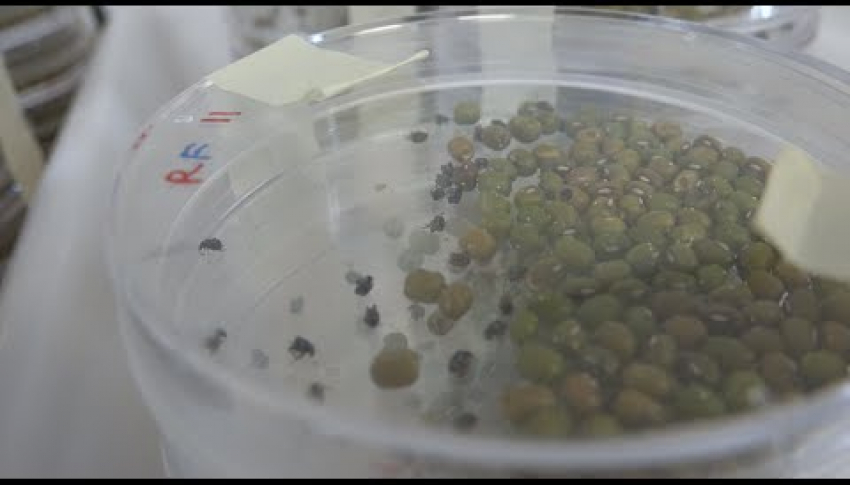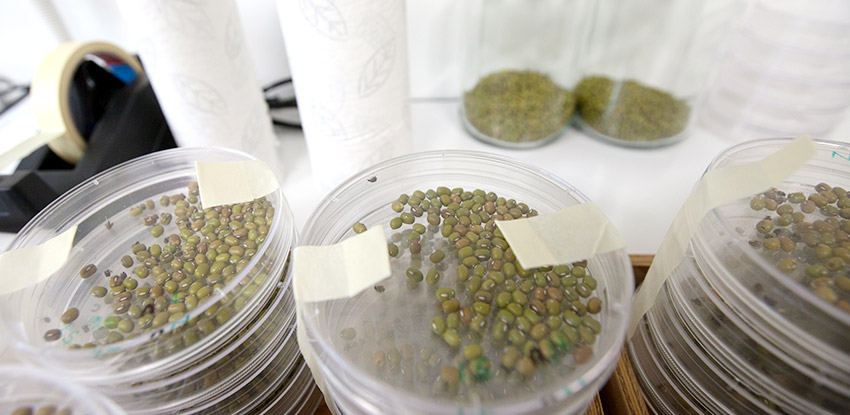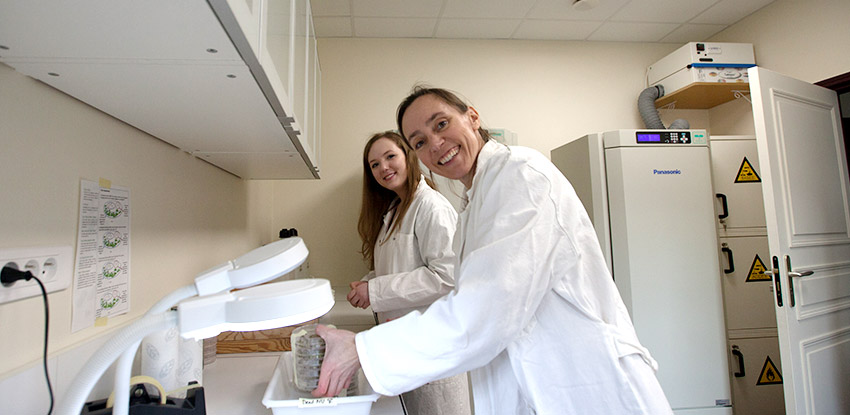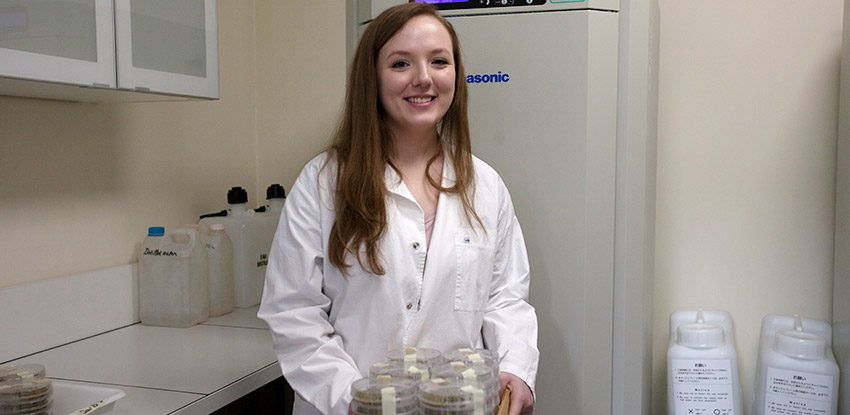- About AUP
- History of AUP
- Mission & Core Values
- Vision and Leadership
- AUP Recognition
- Alumni Success
- Campus Development
- Arts at AUP
- Policies & Guidelines
- Academics
- Undergraduate
- Graduate Programs
- MA in Diplomacy and International Law
- MA in Global Communications
- MSc in Human Rights and Data Science
- MA in International Affairs
- MA in International Affairs, Conflict Resolution, and Civil Society Development
- MSc in International Management
- MSc in Strategic Brand Management
- Find Your Thesis Advisor
- Previous Programs
- Cultural Program
- Faculty
- Summer School
- Research Centers
- The Center for Critical Democracy Studies
- Upcoming Events
- Research Projects
- Fellows’ Publications
- Publishing
- Curriculum
- Community
- Visiting Scholars
- CCDS Highlights
- Atelier de Théorie Politique – Paris
- Critical Theory 101: Future Directions and New Challenges
- Martti Koskenniemi on “The Law of International Society: A Road not Taken”
- Academic Freedom Symposium
- Tocqueville Colloque 2023
- Violent Turns Conference
- Degenerations of Democracy
- DEMOS21 Inaugural Event
- What Demos for the 21st Century?
- The Paris Centennial Conference
- Justice Stephen Breyer
- Civic Jazz - The Launch of the Center
- Past Events
- FR
- The Center for Writers and Translators
- The George and Irina Schaeffer Center for the Study of Genocide, Human Rights and Conflict Prevention
- The Joy and Edward Frieman Environmental Science Center
- The Center for Media, Communication & Global Change
- The Center for Critical Democracy Studies
- Departments
- Academic Resources
- Academic Affairs
- Academic Calendar
- Academic Resource Center
- Library
- Registrar's Office
- Teaching and Learning Center
- Accessibility & Accommodation Services
- AI@AUP: A Campus-Level Initiative
- Quai D'Orsay Learning Commons
- Paris as Classroom
- ACE Center
- Admissions
- Student Life
- Campus
- Student Leadership & Involvement
- Student Leadership Office
- Student Government
- Student Advisor Program
- Sophomore Mentoring Program
- Physical Activities & Self-Care at AUP
- Student Organizations
- AUP Student Media
- AUP Engage
- Advisory Board on Environmental Sustainability
- Student Leadership & PAS Awards
- Student Organization Advisor Resources
- Paris
- Support Services
- Student Development Help Desk
- Student Accounting Services
- Student Immigration Services
- Student Grievance Procedure
- Diversity and Inclusion
- Health & Well-being
- Digital Student Handbook
- News
- Events
- AUP Giving
- Housing Offer for 2025-2026
- IT Services
- Alumni
- About AUP
- History of AUP
- Mission & Core Values
- Vision and Leadership
- AUP Recognition
- Alumni Success
- Campus Development
- Arts at AUP
- Policies & Guidelines
- Academics
- Undergraduate
- Graduate Programs
- MA in Diplomacy and International Law
- MA in Global Communications
- MSc in Human Rights and Data Science
- MA in International Affairs
- MA in International Affairs, Conflict Resolution, and Civil Society Development
- MSc in International Management
- MSc in Strategic Brand Management
- Find Your Thesis Advisor
- Previous Programs
- Cultural Program
- Faculty
- Summer School
- Research Centers
- The Center for Critical Democracy Studies
- Upcoming Events
- Research Projects
- Fellows’ Publications
- Publishing
- Curriculum
- Community
- Visiting Scholars
- CCDS Highlights
- Atelier de Théorie Politique – Paris
- Critical Theory 101: Future Directions and New Challenges
- Martti Koskenniemi on “The Law of International Society: A Road not Taken”
- Academic Freedom Symposium
- Tocqueville Colloque 2023
- Violent Turns Conference
- Degenerations of Democracy
- DEMOS21 Inaugural Event
- What Demos for the 21st Century?
- The Paris Centennial Conference
- Justice Stephen Breyer
- Civic Jazz - The Launch of the Center
- Past Events
- FR
- The Center for Writers and Translators
- The George and Irina Schaeffer Center for the Study of Genocide, Human Rights and Conflict Prevention
- The Joy and Edward Frieman Environmental Science Center
- The Center for Media, Communication & Global Change
- The Center for Critical Democracy Studies
- Departments
- Academic Resources
- Academic Affairs
- Academic Calendar
- Academic Resource Center
- Library
- Registrar's Office
- Teaching and Learning Center
- Accessibility & Accommodation Services
- AI@AUP: A Campus-Level Initiative
- Quai D'Orsay Learning Commons
- Paris as Classroom
- ACE Center
- Admissions
- Student Life
- Campus
- Student Leadership & Involvement
- Student Leadership Office
- Student Government
- Student Advisor Program
- Sophomore Mentoring Program
- Physical Activities & Self-Care at AUP
- Student Organizations
- AUP Student Media
- AUP Engage
- Advisory Board on Environmental Sustainability
- Student Leadership & PAS Awards
- Student Organization Advisor Resources
- Paris
- Support Services
- Student Development Help Desk
- Student Accounting Services
- Student Immigration Services
- Student Grievance Procedure
- Diversity and Inclusion
- Health & Well-being
- Digital Student Handbook
- News
- Events
- AUP Giving
- Housing Offer for 2025-2026
- IT Services
- Alumni
Student & Faculty Collaboration
Beetle Kinship Project
Environmental Studies & Science
During the Fall semester of 2015, Professor Elena Berg and undergraduate Shannon Monahan examined reproductive cooperation in male seed beetles (Callosobruchus maculatus). Not unlike fruit flies, male seed beetles physically harm females when they mate with them (Hotzy & Arnqvist 2009) but the ways in which kinship might moderate that conflict remain unknown. To that end, Professor Berg and Shannon measured the lifespan and reproductive success of females and males, the latter divided into “related” and “unrelated” groups. Once the data has been analyzed, their results will be written up as a scientific research paper and submitted for publication in a peer-reviewed journal.
Animals often compete aggressively for access to mates, and this competition between members of one sex often harms members of the opposite sex. In fruit flies (Drosophila melanogaster) and other insects, males frequently physically injure females when they mate with them (Arnqvist & Rowe 2005). This strategy can actually benefit males, since injured or dying females may be more likely to pour greater amounts of energy into the current batch of eggs (sired by that male), or the injuries may prevent them from mating with other males in the future. But what happens when those competing males are close relatives? Related individuals share genes, so by helping relatives produce more offspring, individuals indirectly pass on their own genetic material (Hamilton 1964).
Indeed, studies of many animal species have confirmed that relatives frequently help each other in various ways, including by sharing mates or resources, or alerting each other to danger (West et al. 2007). An intriguing recent study of fruit flies (Carazo et al. 2014) indicated that males were significantly less likely to harm their mates when in the presence of brothers, rather than in the presence of unrelated males. This suggests that brothers may indeed cooperate with each other, protecting the female from harm so that each male can sire young with her. However, two follow-up studies showed conflicting evidence (Chippindale et al. 2015; Hollis et al. 2015), highlighting the need for further experiments, in fruit flies and other organisms.
Related
-

Oslo Pax 2019
Student & Faculty Collaboration
Read MoreOslo Pax 2019
Student & Faculty Collaboration
Students attended a global climate gathering to discuss tangible solutions to environmental problems.
-

Oslo Pax 2019
Student & Faculty Collaboration
Read MoreOslo Pax 2019
Student & Faculty Collaboration
Students attended a global climate gathering to discuss tangible solutions to environmental problems.
-
Tony Hung ’18
Alumnus
Read MoreTony Hung ’18
Alumnus
My advice to students would be to maximize your time with all the services AUP has to offer.





